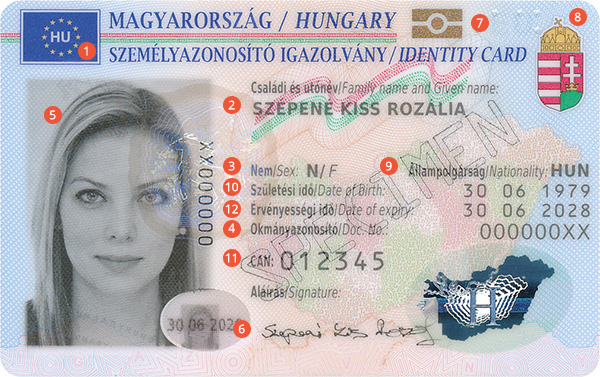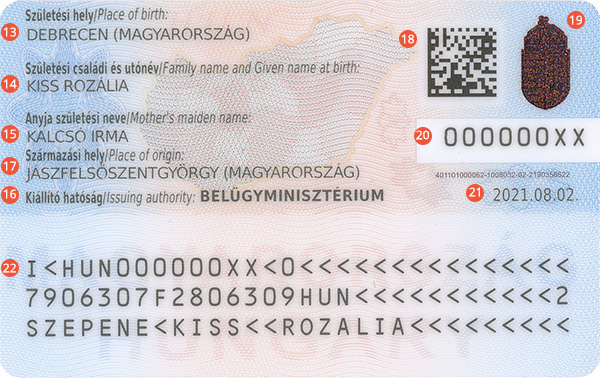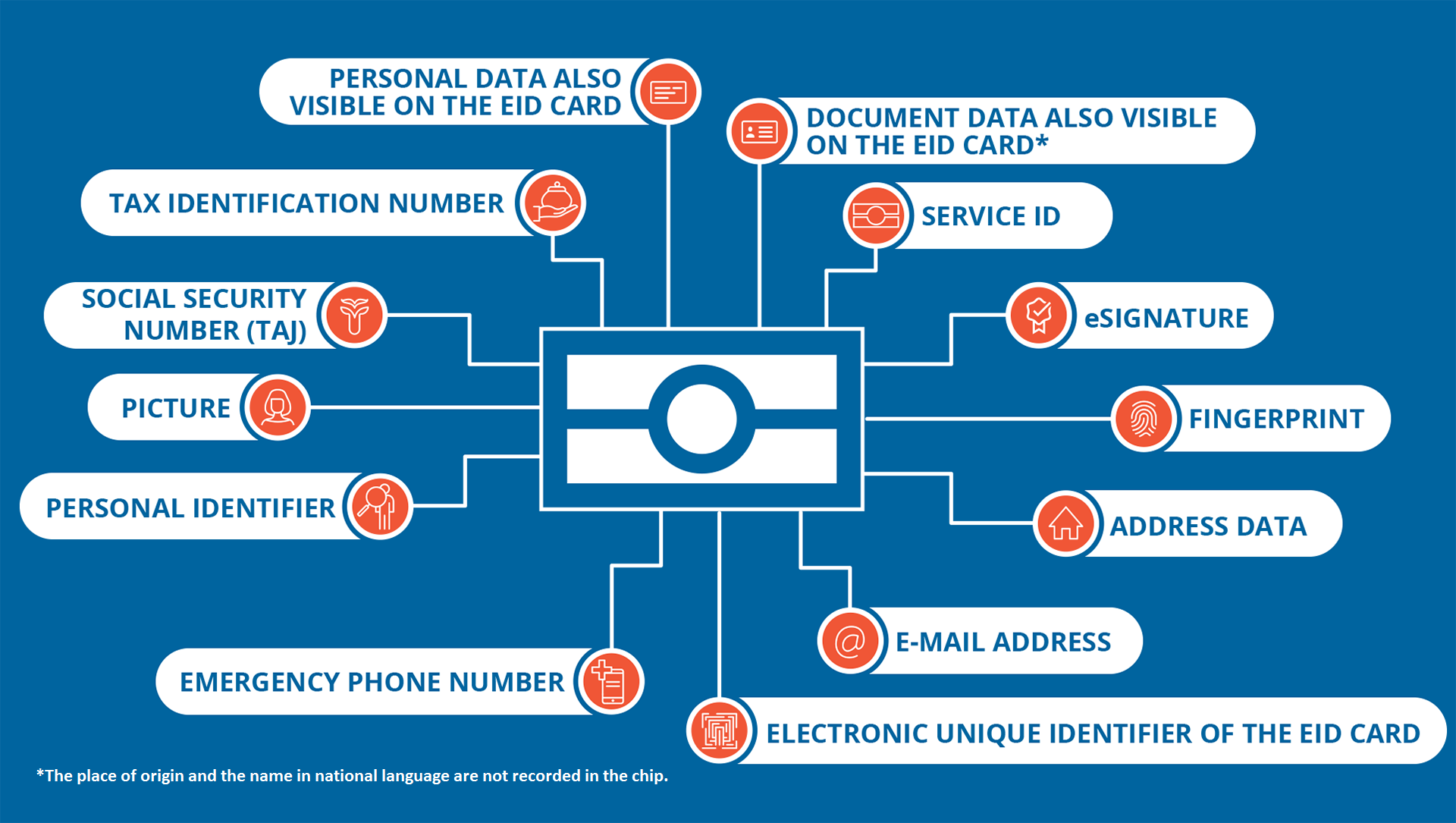The eID card
WHY AN eID card?
The eID card is a permanent ID card issued from 1 January 2016 that has a storage element (chip). What does it mean? It differs from its predecessor, the ID card issued before 1 January 2016, in that it has a storage element, i.e. a chip, which allows you to use a number of electronic convenience services: e.g. e-government, e-signature, public transport, ePrescription, etc. The range of functions is constantly expanding and you can find out more on our website. The issuing authority is the Ministry of Interior.
WHY IS AN eID CARD USEFUL?
The usefulness of eID card is reflected in the ever-increasing range of convenience services it offers. Nowadays in the world of digitalisation, there is a growing expectation not to have to go to a customer service centre in person, not to have to sign a mass of paperwork, not to have paper certificates. The eID card is the right answer to these challenges, as it is no longer just a document for identification and travel, but a great tool to identify yourself in the electronic space, allowing you to do your official business from your home computer or mobile phone. It can also be used to fill your prescriptions, or as an electronic ticket or pass on public transport. And all these services can be used with maximum security, guaranteed by the State.
WHAT CAN YOU SEE ON eID CARD?
- European Union flag
- Name
- Gender
- Document ID
- Picture
- Signature (over 12 years of age)
- Chip mark
- Coat of arms
- Nationality
- Date of birth
- CAN number
- Document validity
- Place of birth
- Name at birth
- Mother’s name
- Issuing authority
- Country of origin (optional)
- Data matrix (2D barcode)
- Coat of arms
- Document ID
- Date of issue
- MRZ code
- Nationality name (optional)


WHAT IS ON THE CHIP?

- Personal data also visible on the eID card
- Document data also visible on the eID card
- Address data
- Social security number (TAJ)
- Fingerprint
- Tax identification number
- Personal identifier
- electronic unique identifier of the eID card
- Service ID
- Emergency phone number (optional)
- certificate of eSignature (optional)
- E-mail address (optional)
